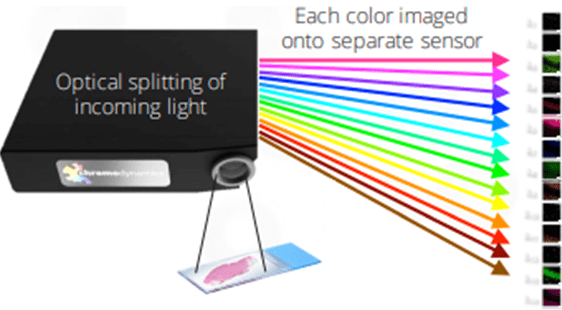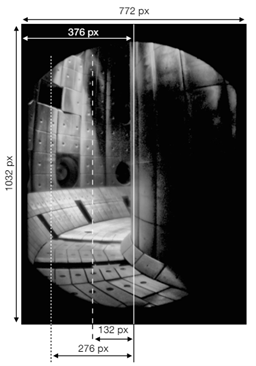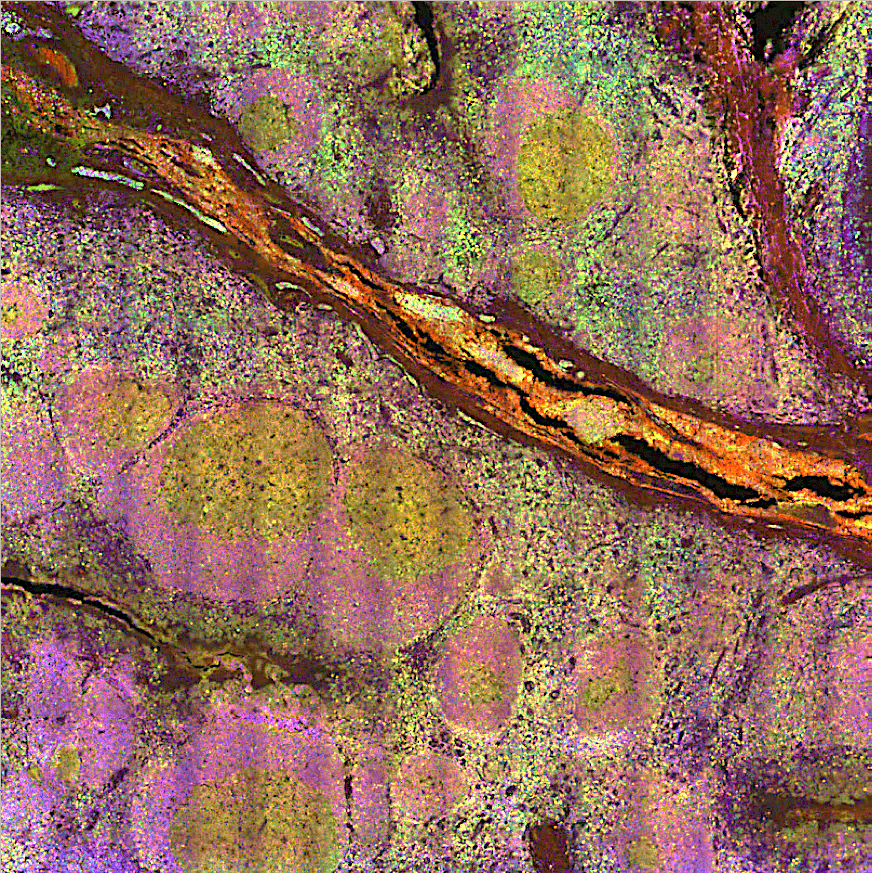A breakthrough in medical imaging is emerging from an unexpected source—nuclear fusion research. Chromodynamics, a spin-off company, is adapting cutting-edge multispectral imaging technology initially developed for fusion reactors to advance cancer research, offering unprecedented speed and precision in biomedical imaging.

The roots of this technology trace back to the Multispectral Advanced Narrowband Tokamak Imaging System (MANTIS) project, conducted between 2015 and 2018. The project was spearheaded by Dr. Wouter Vijvers, the founder of Chromodynamics, in collaboration with the Dutch Institute for Fundamental Energy Research (DIFFER), SPCEPFL (Switzerland), and MIT (United States). Initially designed to provide real-time plasma diagnostics for tokamaks, MANTIS employed a multispectral camera capable of capturing multiple color bands simultaneously. This innovation enabled precise control over plasma exhaust, a crucial factor in maintaining reactor stability.
Since then, MANTIS has been widely adopted for fusion diagnostics, with systems installed on major experimental reactors, including TCV, MAST-U, and ASDEX-U. The technology’s success in fusion research laid the groundwork for its transition into biomedical applications.

Recognising the broader potential of his work, Dr. Vijvers founded Chromodynamics to bring this imaging technology beyond the realm of fusion. While continuing its collaboration with ITER and other fusion research institutions, Chromodynamics is now focusing on multiplex imaging, a revolutionary approach in medical diagnostics. Multiplex imaging enables the identification of multiple biomarkers within a single tissue sample, facilitating in-depth studies of complex biological processes.
Chromodynamics has partnered with the Amsterdam University Medical Center (VUmc) to adapt MANTIS technology for high-speed fluorescence microscopy. The Microscopy and Cytometry Core Facility at VUmc provided access to state-of-the-art imaging equipment, technical expertise, and patient tissue samples, enabling researchers to validate the technology’s capabilities in oncological immunotherapy.

Traditional methods of antigen mapping in tissue samples rely on fluorescence markers and slide-scanning microscopes, which are either slow or lack spectral resolution. By integrating MANTIS technology into fluorescence microscopy, Chromodynamics has significantly improved imaging speed and accuracy, allowing for rapid and precise characterisation of antigens in cancer research.
With funding support, including a FUTTA III Demonstrator Grant in 2022, Chromodynamics developed a proof-of-concept imaging system. The setup featured a motorised PCB capable of handling multiple high-powered LEDs and a Python-based software library for microscope control. Validation experiments demonstrated the system’s ability to produce full-slide unmixed images of nine fluorophores and an autofluorescence channel, achieving high-resolution imaging at unprecedented speeds.

The advantages of this technology extend beyond imaging speed. Chromodynamics’ approach reduces operational costs, requiring fewer instruments, personnel, and training resources.
The societal impact of this innovation is profound. Faster and more accurate diagnostic processing enhances patient outcomes, gives hospitals a competitive edge, and improves cancer survival rates through early detection and effective treatment. The financial benefits for healthcare providers are significant, with potential savings in the hundreds of thousands of euros annually due to optimised workflow efficiency and reduced material costs.
By repurposing fusion technology for biomedical research, Chromodynamics is demonstrating how scientific advancements in one field can fuel transformative breakthroughs in another. This success story highlights the power of cross-disciplinary innovation, paving the way for a new era in medical diagnostics and cancer treatment.
You can also get in touch with us if you need any support